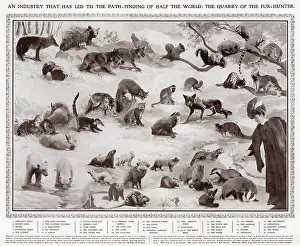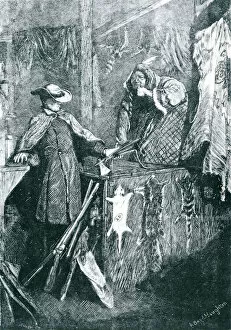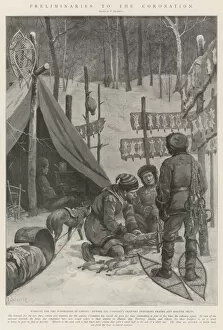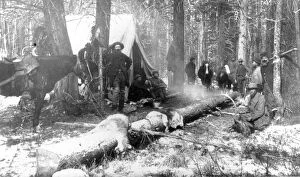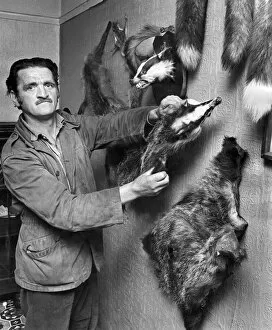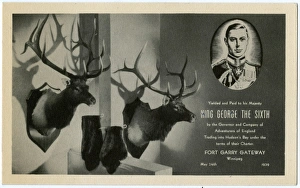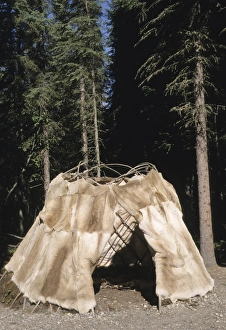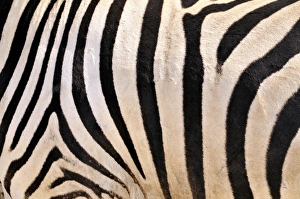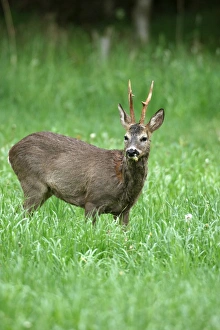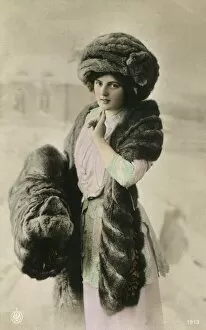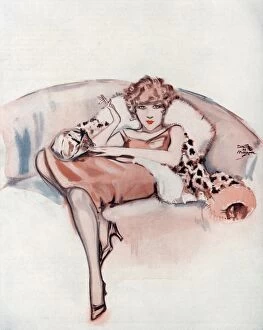Pelts Collection
In the bustling fashion industry of 1908, they were highly sought after for their luxurious appeal
All Professionally Made to Order for Quick Shipping
In the bustling fashion industry of 1908, they were highly sought after for their luxurious appeal. From the majestic American Wolf to the formidable Brown Bear, these animals' coats became coveted symbols of opulence and style. The Skunk's unique fur added a touch of eccentricity to fashionable ensembles, while the Canadian Wolf and Coyote brought a wild allure to high-end designs. But it wasn't just North American creatures that captured attention; even humble creatures like the Grey Squirrel and Common Squirrel found their place in this extravagant world. Their soft pelts provided warmth and comfort during chilly winter months. Venturing beyond familiar territories, exotic species like Phalanger, Opossum, Lemur, and Indian Wild Cat made their way into fashion houses. These rare furs embodied an air of mystery and adventure that captivated both designers and consumers alike. Bartering with Native Americans in the Western States of America played a significant role in acquiring these precious pelts. This exchange between cultures not only fueled commerce but also fostered understanding between different societies. The portrait of Master John Lethbridge from Tregeare Manor showcased his refined taste as he posed elegantly draped in sumptuous fur garments. The Dutch Weight engraving highlighted how valuable these they were by depicting them alongside other prized possessions. Preliminaries to the Coronation engraving depicted dignitaries adorned in regal attire embellished with lavish furs—a testament to their status and power within society. Cooke Rheas and Bob Coes Market hunting outfit photograph transported us back to 1885 when hunters proudly displayed their successful catches—beaver pelts among them—in Hog Park. These images served as reminders of our complex relationship with nature throughout history. The Hudson Bay Company's trappers diligently worked on procuring furs for European markets—an arduous task that required skillful trapping techniques amidst harsh conditions. Their efforts ensured that the demand for pelts was met, sustaining a thriving industry.

